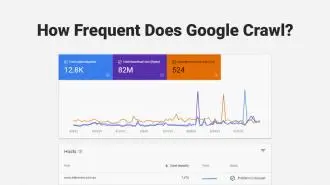Summary / TL;DR
The Google Sandbox effect refers to the temporary suppression of new websites in Google’s search results, often lasting from a few weeks to several months. Although Google denies the existence of a formal sandbox, ranking delays may occur due to algorithms assessing content quality, topical relevance, and user signals. Common contributors include thin content, high competition, weak backlink profiles, and low user engagement. Websites in sectors seen as risky, such as crypto and finance, often face longer sandbox periods. To speed up recovery, site owners should build authority through internal and external backlinks, publish topic-clustered content, target low-competition keywords, generate social signals, and boost engagement through user interaction and comments. Crawling and indexing processes also play a role in early visibility. While the sandbox is not explicitly confirmed by Google, many SEO professionals acknowledge its impact on new domains.
Remember the thrill of launching your new website? It’s disheartening, isn’t it, when after a couple of months, it’s still not showing up well on Google?
You’re not alone, trust us. Many have faced the exact same situation. Although it’s a bit of a whispered secret, your website might be experiencing the Google Sandbox effect.

You must wonder how your website can be put on a waiting period even after polishing the content well. Today, we are here to drive all your confusion away by giving you an in-depth understanding of Google Sandbox while sharing the best SEO tricks to avoid it.
So, let’s take a look.
Want to receive updates? Sign up to our newsletter
Each time a new blog is posted, you’ll receive a notification, it’s really that simple.
A Brief History Of Google Sandbox
It was March of 2004 when SEO experts and web administrators noticed that new websites were not appearing on the first pages of Google Searches. Even when a brand new website was keyword-optimised and properly indexed, it was not ranked on the Google Search engine.
When web administrators noticed that these new websites generally ranked well on search engines, they realised something was wrong. They started to believe that Google’s sandbox existed and had to develop newer, more efficient ways to bypass the situation.
Does Google Sandbox Exist?
When John Mueller, a senior Google Webmaster Trends Analyst, was asked, “Does Google sandbox exist?” This is what he had to say.
He noted that many Experts on good content about the traditional sandbox are far from the truth. There are indeed many algorithms that might look pretty similar, but they are not the same. These new algorithms mainly try to understand where the new sites fit among other websites that rank for the same queries.
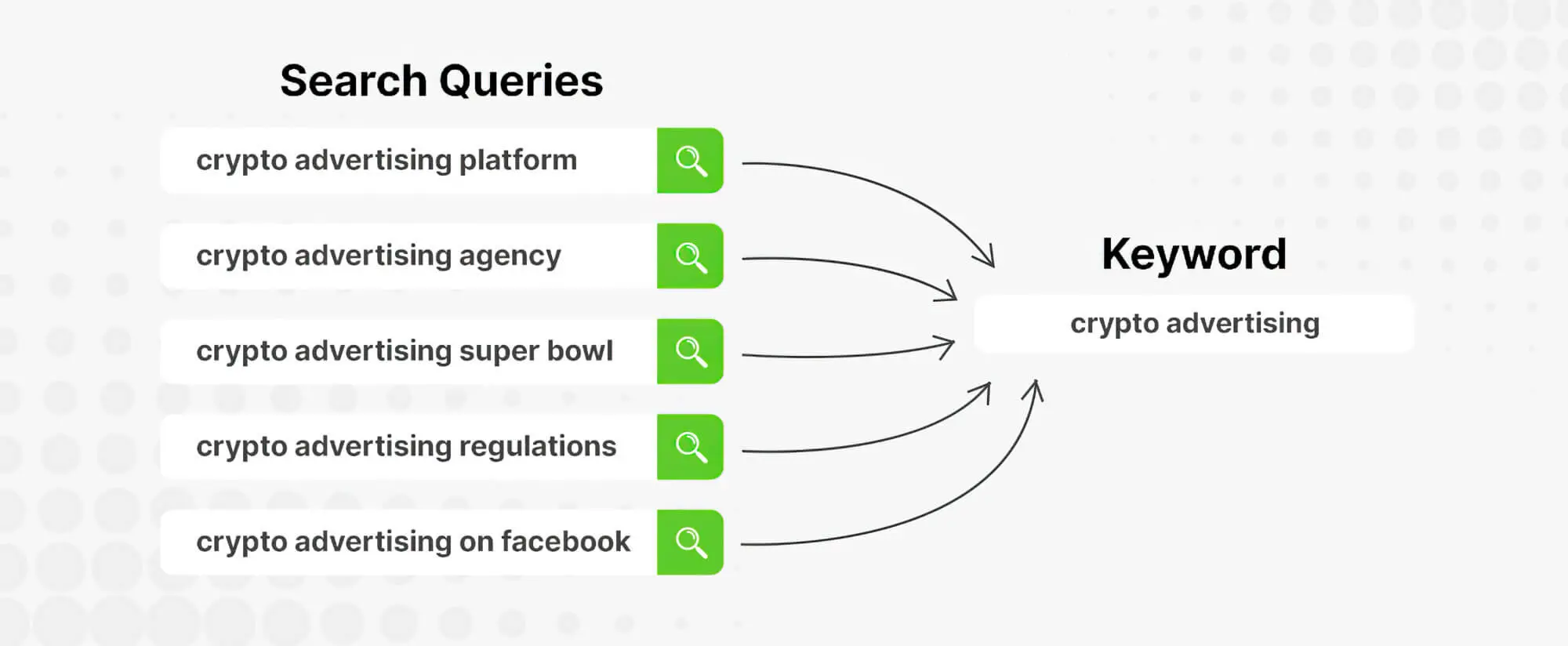
As he mentioned, things were quite tricky initially as Google tried to figure out where to place the new websites. Most of the time, Google’s algorithms start at one place and figure the rest out in the process by measuring all other signals to understand how your website is faring.
This might initially lead your new websites to rank lower, which is what people mean when talking about the sandbox effect. And when the results drop, people term it the Google honeymoon period.
Why Is Your Website Not Ranking On Search Results?
Just because you have listed a new one on Google, do not expect it to appear on the first page. There are multiple reasons why Google might be ranking your website low. Unless careful, you might become a victim of the Google sandbox effect.
Your site’s struggling to climb the ranks despite top-notch SEO strategies? There could be a few reasons why.
1. Absence Of Proper Content
When a site is published, Google minutely goes through the content to check if it is relevant to the topic. If Google concludes that your new website does not have enough relevant content, there’s a high chance it will sandbox your website.
So, to do well on Google Analytics and rank better on other metrics, you must spend a good amount of time improving the content on your site. Invest time looking for a relevant topic and finding important keywords to ensure your content is top-notch. Also, you must publish more than one piece to be considered an authority.
You must make Google believe you are an expert in the field to enhance search traffic and rank higher.
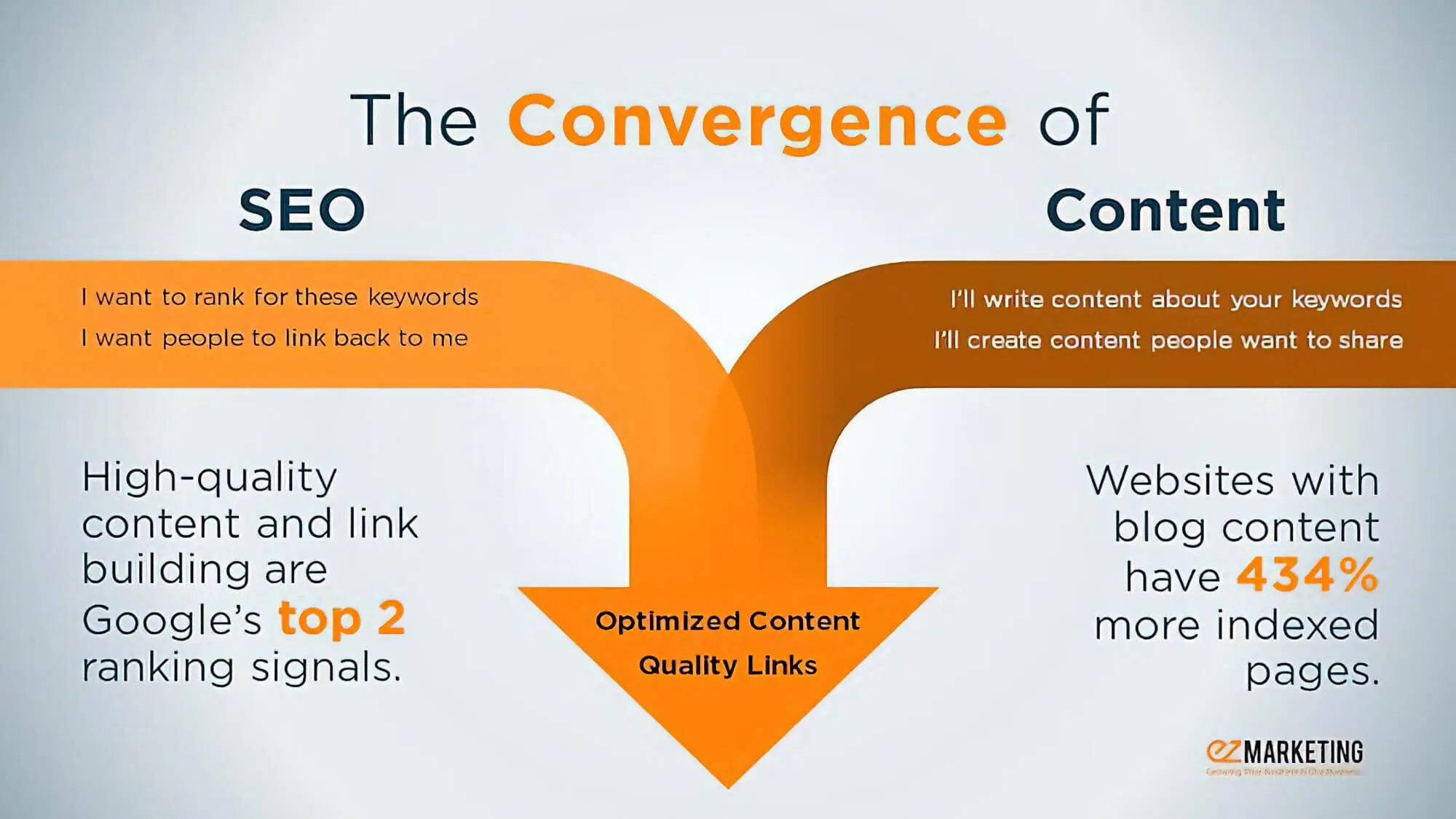
2. Presence Of High Competition
One of the major reasons new sites do not appear on search engines’ first pages is high competition. To combat this problem, you must conduct proper keyword research and find the ones with a high search volume but low competition. Many search engine optimisers will bear great results if you pull this trick well.
We have noticed that even when a new website has an impressive number of keywords, it might be ranked lower. Google does not like taking chances with new websites, even with high-volume keywords. You will mostly come across old and trusted websites on the first page.
Experts often recommend that new sites target low-competition, low-search-volume keywords. These keywords, being less risky, often have better ranking prospects. It’s crucial to experiment with various approaches to see what suits your website best.
Once you start to gain organic traffic, the Google algorithm will check your content quality and enhance the page ranking by reducing the Google sandbox period.
3. Insufficient User Signals
If Google Search Console tells you that your site is not performing well, it might be because of issues with user traffic. Google’s algorithm will note it when more people engage with your website.
Google analyses your website’s click-through rate, bounce rate and user data. If the user signals on your web page are unresponsive, there is a good chance that Google will sandbox your site. When your website hardly draws in traffic, it will rank your site low.
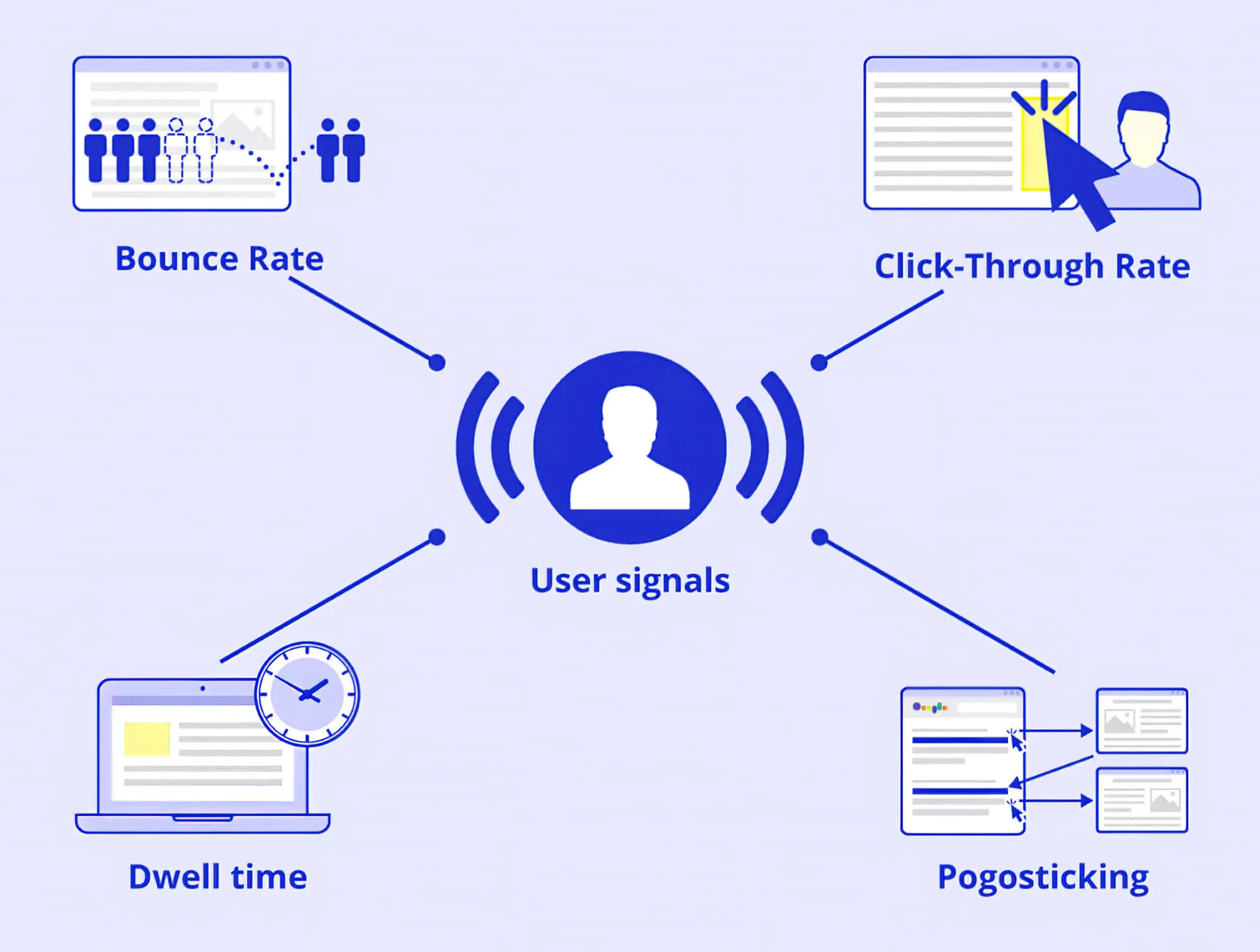
Keep in mind that higher audience engagement will help bring higher rankings. To improve audience engagement, ensure you add a reviews and comments section on your website. Consider adding some relevant keywords to make it easier for Google to pick it up during searches.
If the audience engagement rate is still not improving, it is time to implement a better SEO strategy.
4. Not Enough Backlinks
All websites need good backlinking to rank well on search engines. Unless you create strong backlinks, your SEO efforts might go down the drain. You should primarily aim at two of the most important things: creating high-quality backlinks and ensuring that your content matches them.
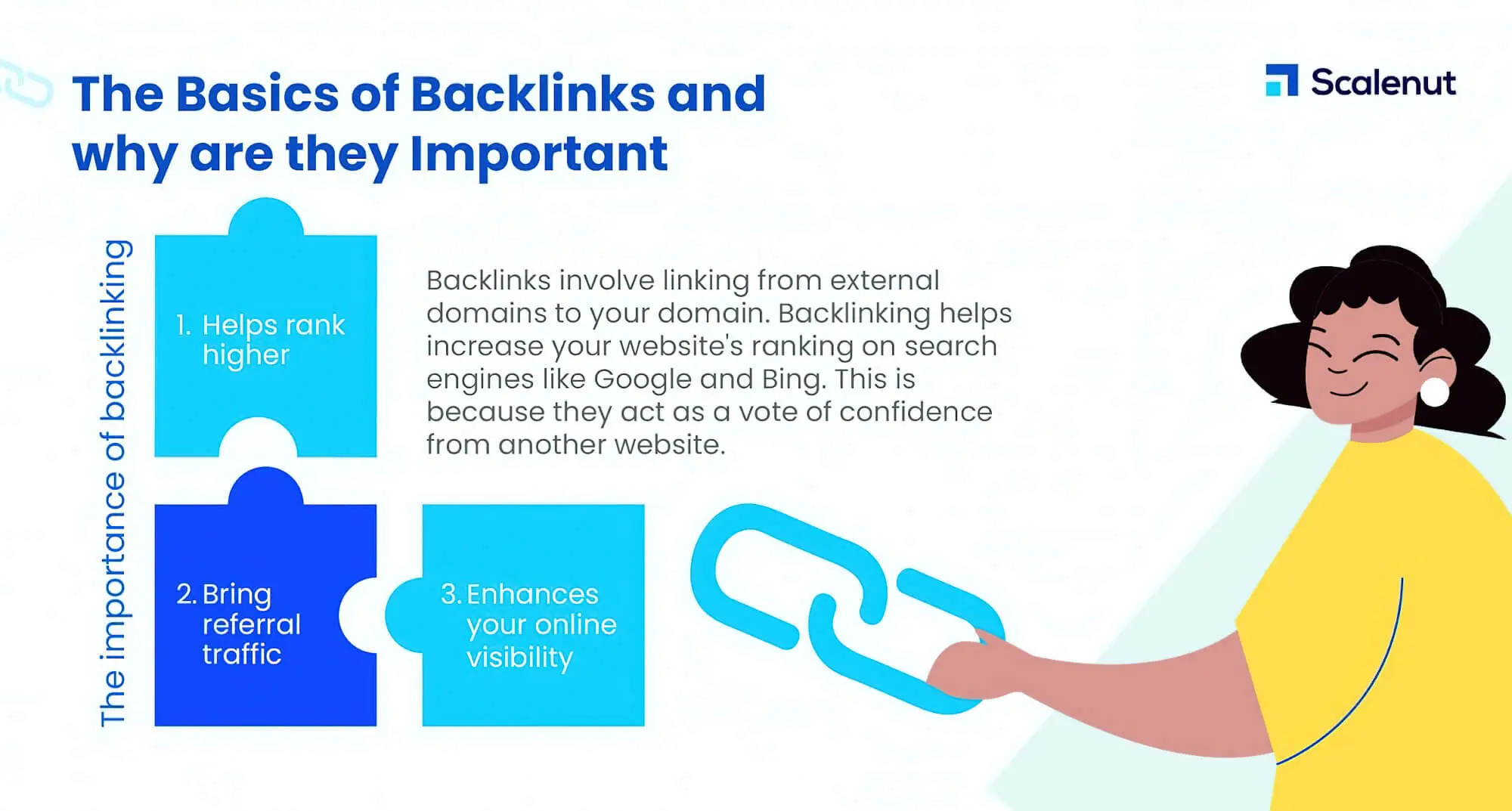
The backlinks you create should steadily grow as your content grows over time. If you witness random spikes on the backlinks without any content, know that your efforts to rank higher are incomplete and need improvement.
You must try to drive organic growth on your website. Otherwise, there’s a chance that Google will witness these sudden spikes and question the validity of your website.
How Long Does Google Sandbox Exist?
Most new websites cannot escape the sandbox effect and have to face the wrath for several months before they start ranking well in Google search results. But there are particular niches where people can make their sites rank on the first search results page within the first 2-3 months.
Yes, that’s right! The sandbox period varies from one niche to another, and we suggest you learn more about it before launching a website.
For example, they operate in highly manipulated niches like forex trading, cryptocurrencies, NFTs, and payday loans. The sandbox period will likely be longer—as long as eight months or higher. This is because these niches are profitable and have great competition.
Based on the keyword difficulty, websites rank at different paces, and the following chart shows the days it takes from the date of publishing to begin seeing high-ranking positions;
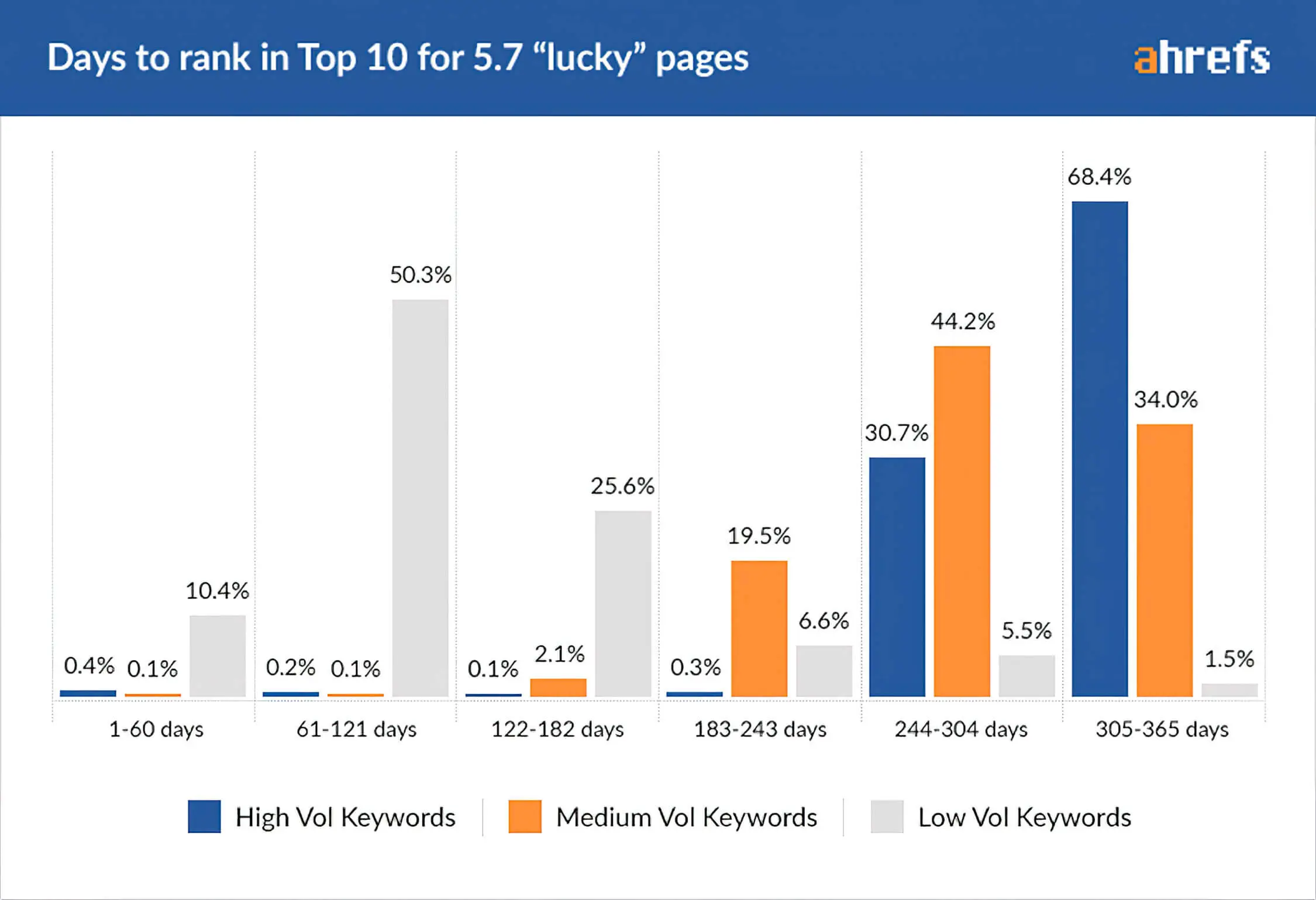
Combat Google Sandbox The Smart Way
As mentioned earlier, getting organic traffic is essential to improving your website’s rankings. However, it is easier said than done and can take between one and nine months. But here are some effective ways to help you significantly reduce the sandbox period.
1. Get You Page Indexed
SEO experts have noted that indexed pages have a better chance of ranking on Google than unindexed pages. Also known as crawling, spiders index your pages and analyse your content for ranking purposes.
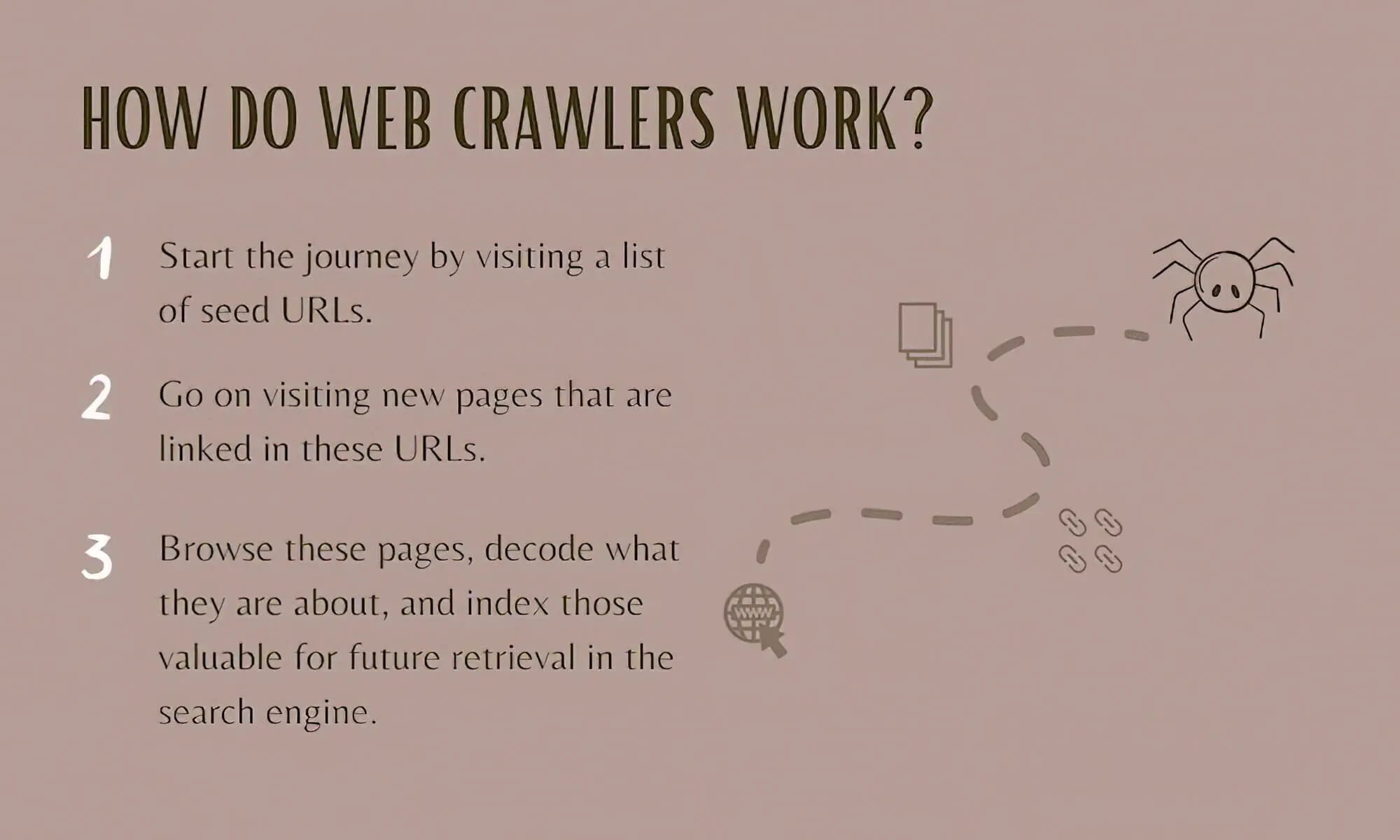
Index the pages so you can type your domain name on Google Search, and the site appears. You must register your page domain on Google Search Console if it does not. For the final step, you will have to submit your XML sitemap.
2. Use The Right Social Signals
When brand-new websites face the Google sandbox issue, experts suggest that social media activity is an efficient way to come out of the rut. To do this effectively, firstly, make your brand presence known on social media platforms. To keep the audience engaged, run ads and interact with them frequently.
Try linking all the activities on your social media to the brand-new website, as this will add more authenticity to your brand.
3. Establish Site Authority
When a new website is published and comes on search engine watch or radar, Google does not immediately know how authentic or trustworthy the content is. This is when link building can be a game-changer.
Try to create authentic internal links and backlinks to get Google to rely on your published content and rank your website higher. A weak backlink profile will always rank low on Google.
Also, try to get your website mentioned on high-ranking sites so that Google understands your site can be trusted.
4. Ace The Keyword Game
Some SEO experts will tell you that the best way to rank your new website is to target keywords with high-volume and low-competition keywords. However, things have changed today, and you might need to take a different route to rank your website better.
No matter how many high-volume keywords you use, Google will not take risks with new websites. We suggest you avoid using high-volume keywords to improve your new website’s ranking.
Using keywords with low competition and a lower search volume is better. Unless you want to be a victim of Google penalties and face a prolonged sandbox period, you must learn when to target what types of keywords.
However, you can target high-volume keywords with low competition for an already active website.
The following graph shows the average age of a page before it ranks in Google’s top 10 positions.
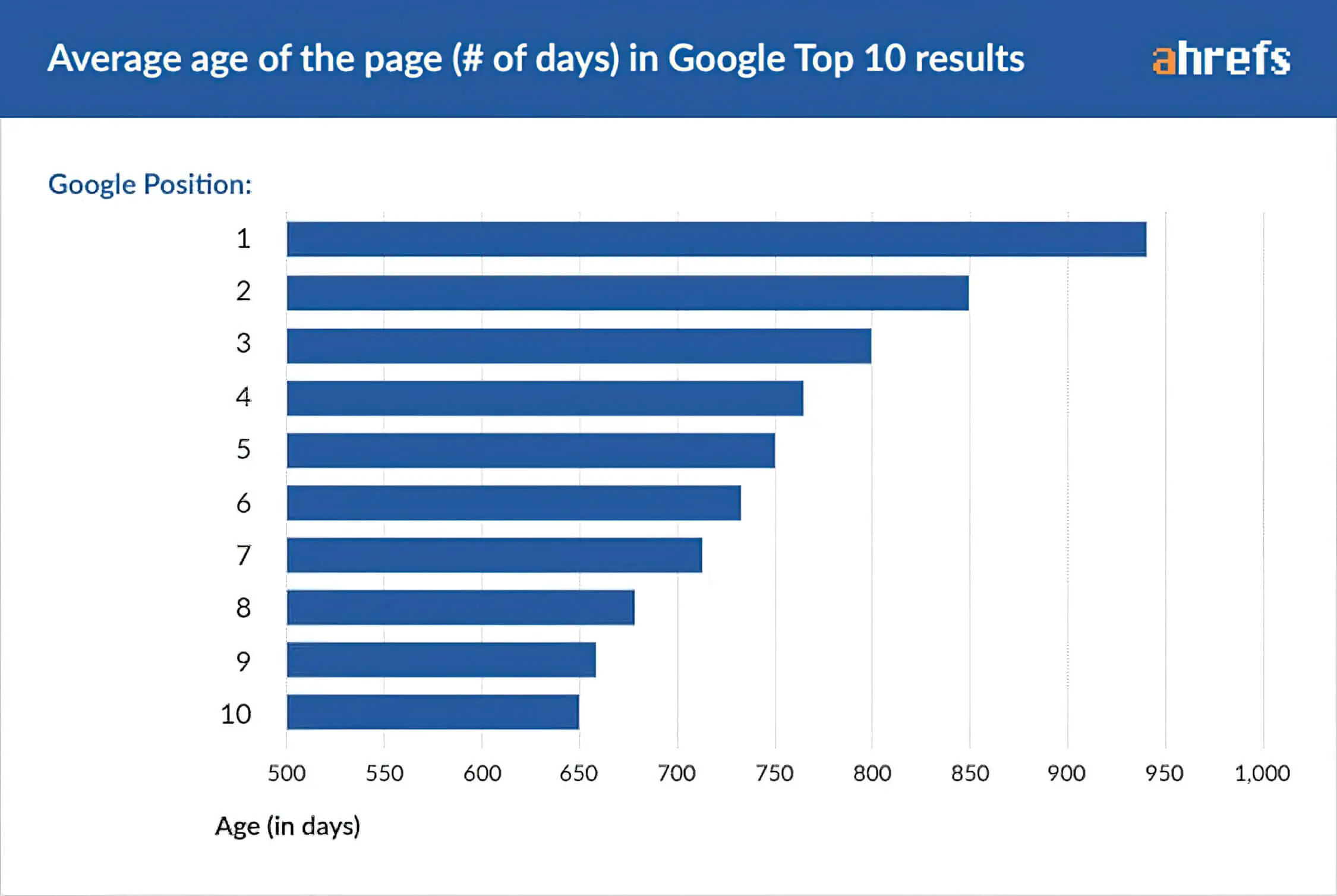
Things change drastically when your website gains organic traffic from low-volume keywords. Google starts to verify your content quality, which helps you get out of Google’s sandbox effect faster.
5. Focus On Topical Relevance
As site owners, it is not enough; one thing you must know is to build a website optimised for SEO and leave things there. If you want a website to come out of the sandbox period, you must put enough relevant content on specific topics. Unless you do that, Google will have difficulty determining your new site’s topical relevance.
To help Google understand better and ensure that your website ranks better, it is essential that you publish a range of topically relevant blogs or articles. Avoid publishing random articles, as they won’t contribute to your ranking.
When you have a cluster of topically relevant content, Google gets the impression that you are an expert in the field and ranks the site better.
For example, if you have a website on — “Home Decor” and mainly want to focus on: remodelling, paints and indoor plants. In that case, we suggest you primarily focus on remodelling for a month to give Google the impression that you are an authority on the topic. This can get your website finally sandbox-free.
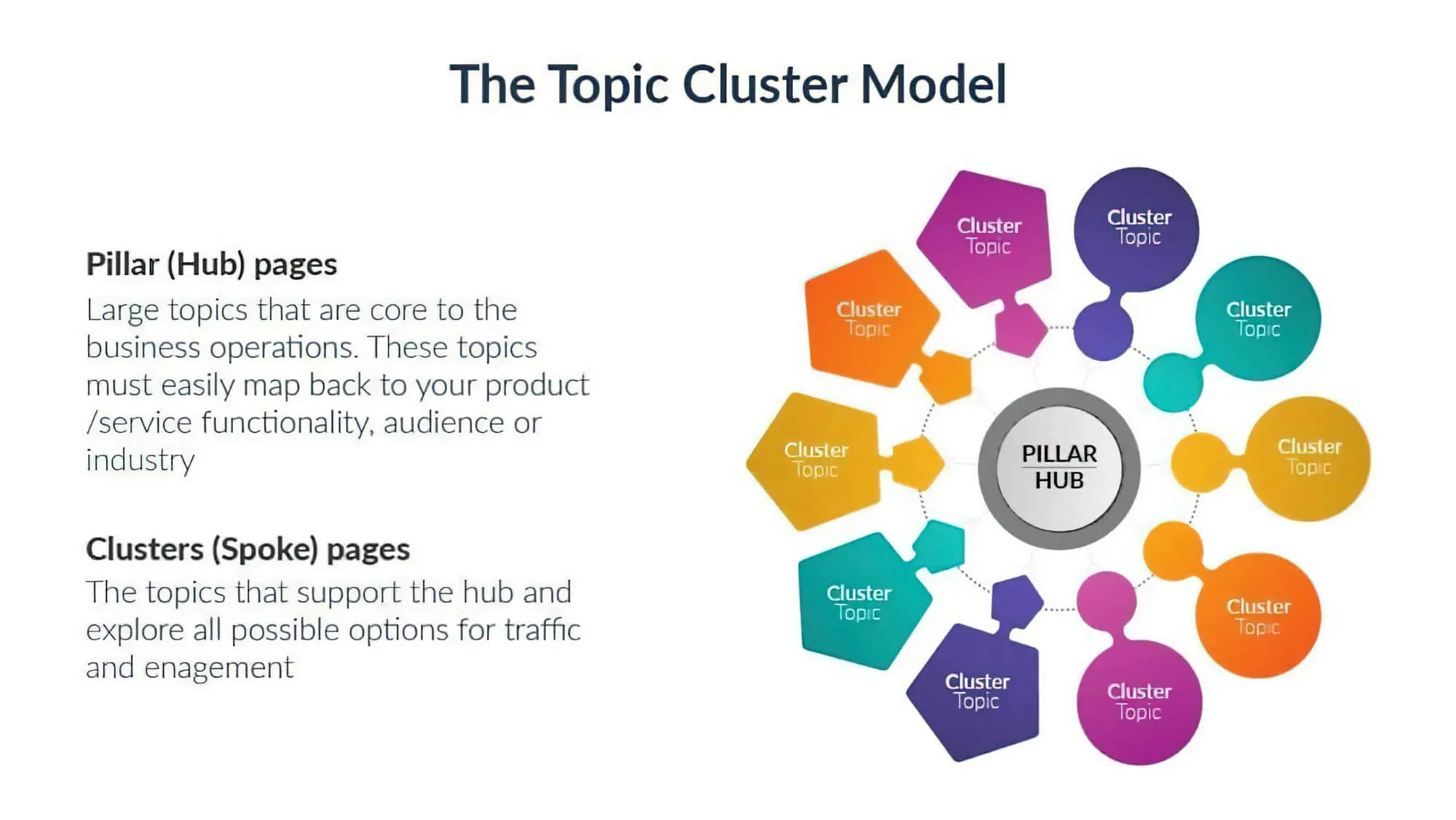
6. Aim To Increase Engagement
One great way to improve user engagement on your website is to work on the spam section of your blog comments. To make the most of this, edit the comments and make them keyword-optimised. Also, make sure you approve all the comments that will appear on your site.
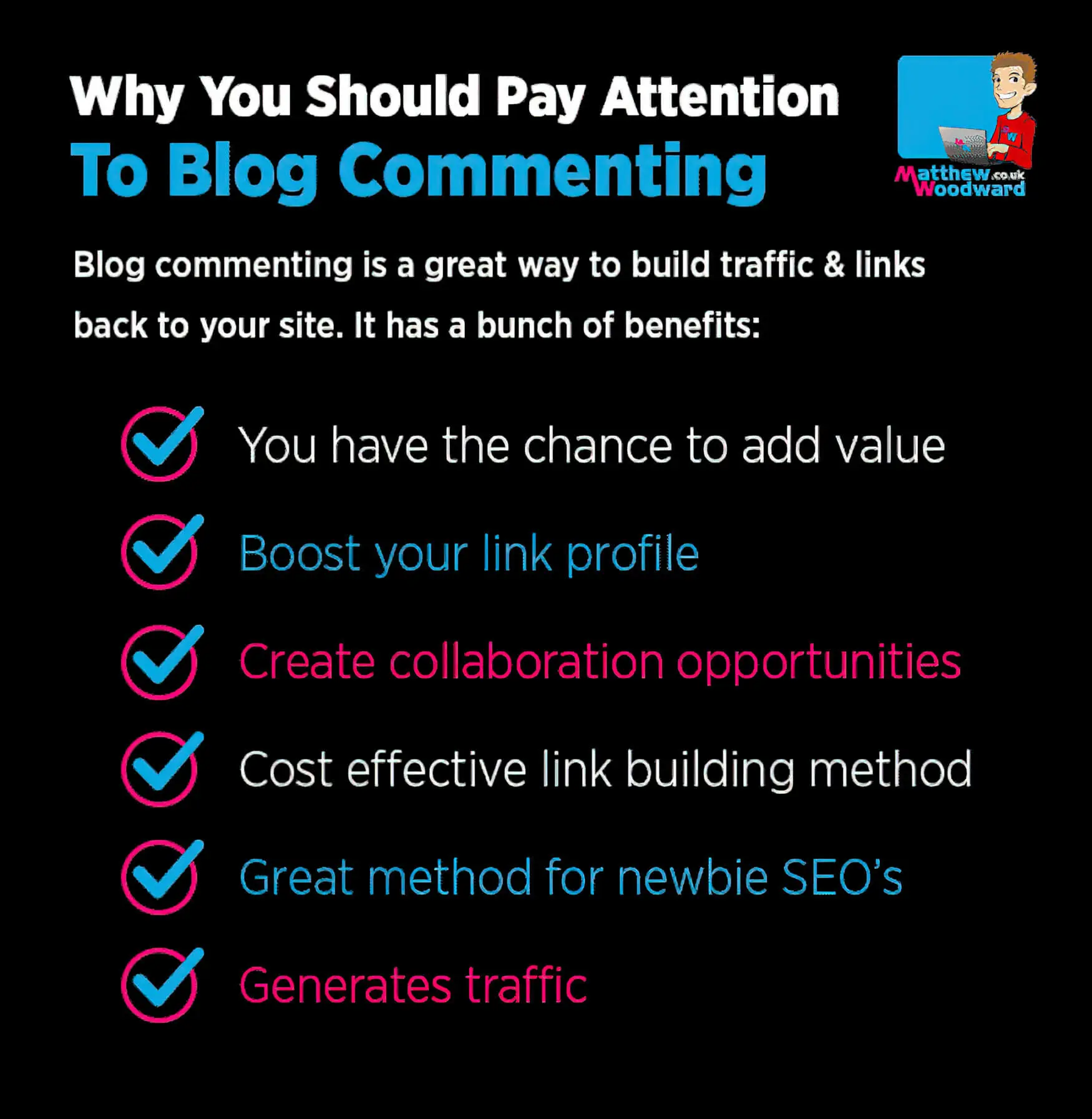
Once you do that, you will see comments pouring in from different IPs, which will seem natural and attract more users to engage. This is an effective way to let the spammers do half the job for you.
It is best not to have a spam filter for new web pages and make the most of your comments. These comments will act as proper proof for your website visitors and may help in real conversions. And it goes without saying that this has excellent SEO benefits.
You might not know this, but Google crawlers can distinguish between comments and the main content. So, besides putting up high-quality content and the right keywords in the body, try using target keywords liberally in the comments section.
Putting keywords in the comments section is a good way to indicate to Google that your commenters agree that the website has relevant content. Once Google notices the right keywords in the comments section of your website, there is a better chance that it will rank the site better. There’s a higher chance that your website will also appear in SERPs.
7. Create A Fake Buzz
Are you trying to get rid of Google Sandbox faster? It is time to use the good old trick of creating a fake buzz. A proper press release can completely reverse or eliminate the sandbox effect.
For this to work, consider some high-quality press release services that can get the job done for you. While hiring a press release service to create a fake buzz, ensure the links you use are nofollow. If you use too many links to the dofollow criteria, it might cause more harm than good.
Many website owners believe that nofollow links will pass no link juice to your website, which will mess with Google’s results. However, the truth is a bit different! Nofollow links, when used right, pass SEO juice to websites.
Try to send some social signals to your blogs right after the press release, maybe a day or two after.
To do this, you can use multiple tools that are available on the market, like KingdomLikes, CoPromote and so on. This is a mandatory step, and the social shares help justify all the buzz. But while at it, do not go overboard and keep the social signals to a handful. It must be done in a way that the buzz looks natural.
Set Yourself Free From Google Sandbox!
There is no point in running a website only to see that it does not rank well on Google. But it isn’t just algorithms you have to worry about.
You must have understood by now that to rank high on Google, you must know how to play the long game. You will most likely encounter a sandbox period when you publish a new site on Google. Following the steps in our guide won’t be too hard for you to resolve the issue. However, retaining your rank will be the next challenge, as will your research.
If none of these methods works for you, or you would like professional assistance, please contact us. With years of experience in search engine optimisation and content marketing, our team has produced unparalleled ranking results for new sites we have developed. We’re here to help small businesses in Australia, so let us help you!
We hope this guide helps you tackle the Google Sandbox effect and boost your site’s SEO. Just keep in mind, this applies to Google; other search engines might follow different rules for new sites.
Until next time. Bye!

